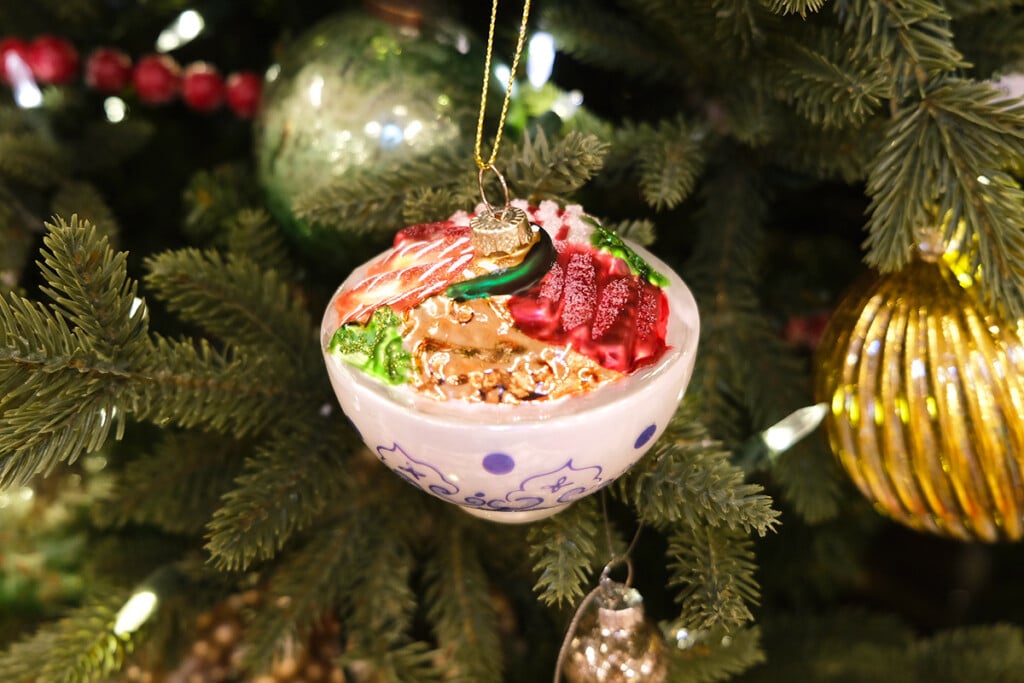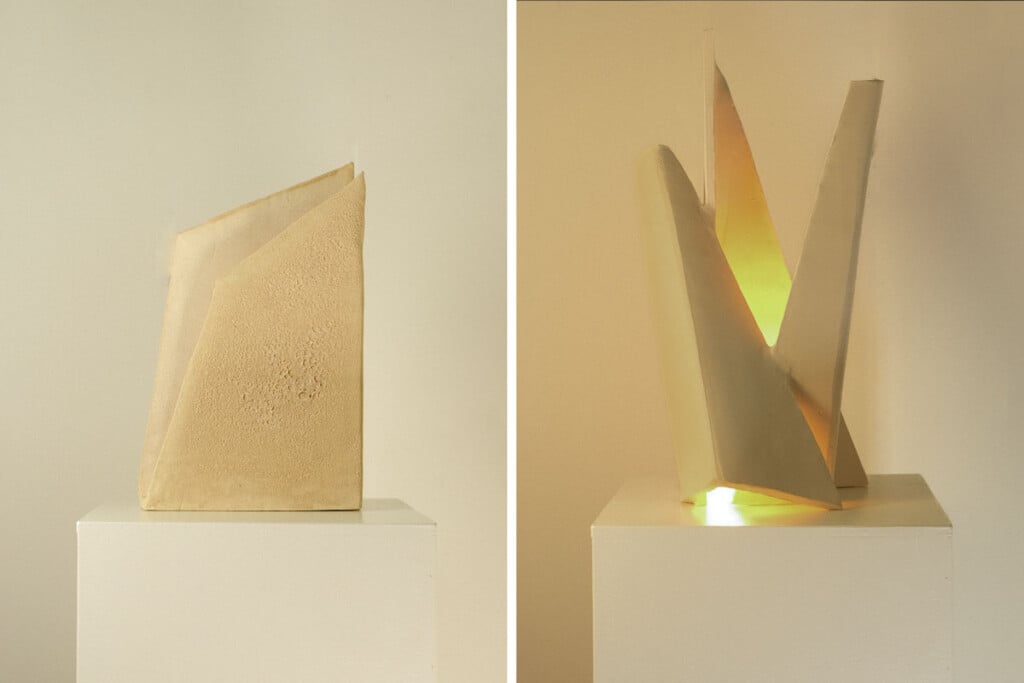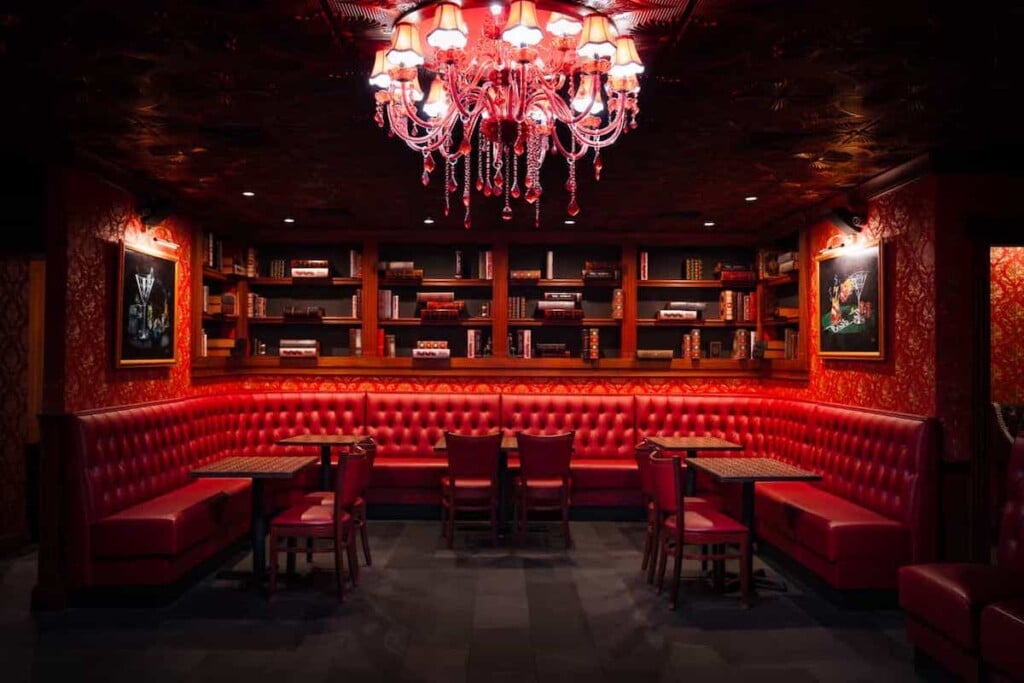Pitacus Chop Art Wows With Upcycled Vintage and Boro Looks
Designer Lisa Weimken transforms vintage fabrics from around the globe into fresh, one-of-a-kind fashions.

Photos: Courtesy of Pitacus Chop Art
Being stopped on the street, in the grocery store, everywhere, really, is common for Pitacus Chop Art patrons. That’s because Kaimukī-based designer Lisa Weimken’s upcycled and boro creations, made with vintage fabrics—think Japanese cotton and kimono, African kantha and Americana quilts—that she texturizes, dyes, patches and stitches sashiko-style, are one-of-a-kind pieces of art.
We chatted with Weimken about her unique design style, her love of fabrics with a history and how boro fashions are finding new appreciation.
How did you get started in the industry?
My mom put me in sewing school when I was around 12 or 13 years old. And people, like the Nui Mono owner, mentored me. I started Pitacus when I was maybe 16, 17 years old. My mom had a shop and I also took my pieces to Nui Mono to sell—they always encouraged me to bring whatever I wanted—so those doors opened for me at a young age. In fact, I have some clients who have been buying from me from when I was 18 years old. And then I opened the store about eight years ago.
How would you describe your aesthetic?
My pieces are mostly free size, which is one size. That’s because I don’t like to waste fabric, and I also like fabric to move. I’m not a fitted type of designer. I tend to go for bigger sizing, although I do cut smaller because Hawai‘i has a lot of petite people, like my sisters and my mom. Also, it’s unisex.

Photo: Courtesy of Pitacus Chop Art
What are your go-to materials?
I love kasuri (woven cotton) and vintage Japanese cotton—that’s my first love. Just anything that has a story or a history to it. Other than that, I love Indian kantha, African cloth and indigo. And I love prints too. When I was a little girl, I used to catch the bus from Pearl City to Kaimukī to go shopping at Goodwill. I’d buy old clothes and make them my own, and it just carried through. When I go to the Mainland or Japan, I’m always going vintage shopping and prefer vintage to regular retail.
What are some of your favorite techniques for altering fabrics?
I like to dabble in everything—patching, hand-stitching, shibori, bleaching. And sashiko, although I’m not strict about sticking to traditional sashiko techniques. I do it my own style. Sometimes, our clothing has five lives because if it doesn’t sell, it goes in the dye bath. And if it doesn’t sell after that, we’ll cut it up and do an inlay.
SEE ALSO: Love At Dawn Gives Second Life to Vintage Aloha Shirts and Mu‘umu‘u

Courtesy: Pitacus Chop Art
You create both upcycled and boro fashions—what differentiates them?
Only pieces that have lots of layers of patchwork would be considered boro. It’s vintage fabrics layered upon layer. Boro is just a gift from generations way back in Japan. Every season, people would add layers because they were limited on resources. Whatever was thrown away, they added to a coat to make it a winter coat. So much work went into these pieces, and they were kept for generations—there’s so much history behind them.
Some locals may only be familiar with boro as the pidgin phrase for run-down clothing. Do you think perceptions are changing? Are more people beginning understand it as an art form?
I think they are. I think more people are finding the beauty in it. I always try to have at least have two or three pieces of boro in the shop so that people can see it because otherwise, you might only see it in a museum or magazine or in books. I have a small handful of people who watch for it and purchase it because they appreciate it. And I have a lot of visitors who are knowledgeable about it and they’re not Japanese. So it’s actually growing every year.
1223 Koko Head Ave., @pitacuschopart











